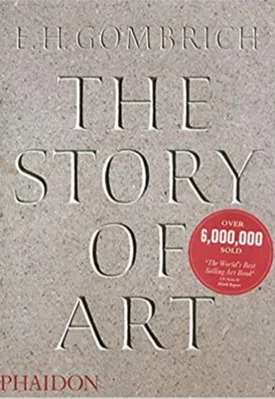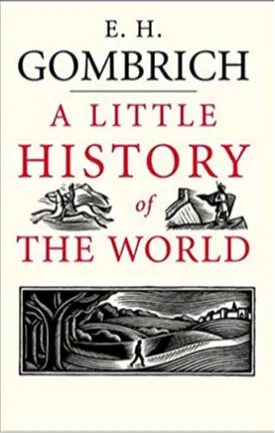Ernst Gombrich
Ernst Gombrich (1909-2001) was a noted art historian and one of the most influential art historians of the twentieth century. He wrote more than a dozen books on the history of art, beginning with his first book, The Story of Art (1950), which has since become the standard introduction to the subject. Gombrich was a scholar who wrote with both erudition and accessibility, taking a non-technical, highly readable approach to his topics that led to his books being widely read.
Gombrich was born in Vienna, Austria, in 1909 into an intellectual, middle-class family. His father was a lawyer and president of the Austrian Bar Association. A broad-minded and open family, Gombrich received his primary education at a Montessori school before attending a trade school for a short period of time when his family had financial difficulties. He returned to academic schooling and continued to pursue his academic interests at the University of Vienna where he studied art history, philosophy and psychology.
In 1935, Gombrich’s career as a professional art historian began when he was hired as assistant director at the Warburg Institute in London.The Institute was founded in 1923 by the scholar Aby Warburg who had a philosophical outlook on his studies. This outlook greatly influenced Gombrich who, under the direction of the Institute, developed a systematic approach to viewing and writing about art that placed an emphasis on the culture of the artist.
Gombrich soon left the Warburg Institute to accept a teaching position at the Warburg School in Hamburg, Germany. At this time Gombrich had already become interested in the stylistic history of art, and it was at the Warburg School that he set about developing the scientific approach to his studies that he would later become renowned for.
In 1939, Gombrich began writing a book about the history of art for young readers. This early book, which would eventually become The Story of Art (1950), would become his most well known work and was one of the most successful books ever written on the subject.
In it, Gombrich drew on his study of the psychology and sociology of art in order to explore it from the perspective of the multiple contexts in which it had been created, its cultural and social role, and the different functions it had fulfilled during different periods. This approach, emphasising the importance of understanding an artwork in its historical context, became known as the 'Gombrichian' approach.
Gombrich wrote almost all of his works in the English language, and his popularity as an author of a wide range of books on the subject of art history meant that his ideas became accessible to a much wider audience. His substantial body of work to date includes more than two dozen works, ranging from single-volume contributions to entire multi-volume encyclopaedias.
Gombrich received numerous awards for his work in the field of art history and his books have been translated into many languages. As a mark of his stature in the field, the Warburg Institute, of which he was the director from 1959 to 1976, was renamed the Warburg Institute-Gombrich in his honour.
Ernst Gombrich's writing was highly influential in the field of art history, and his approach has become the standard within the discipline, informing the work of numerous subsequent generations of art historians. His work continues to inspire and inform readers to this day, and The Story of Art is rightly considered to be the greatest introduction to the history of art since the dawn of the twentieth century.


